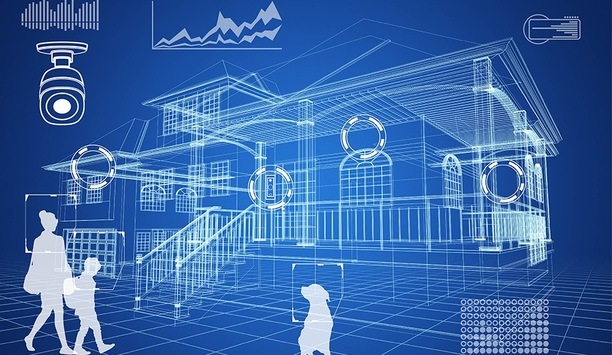William Xu

William Xu
Senior Product Marketing Manager, Ambarella, Inc.William Xu is currently working in the capacity of Senior Product Marketing Manager at Ambarella Inc. He has previously worked as Senior Software Applications Manager at CSR, Application Team Lead at Zoran Digital Technologies and Field Application Engineer at Surplus Technologies Ltd. William is an alumnus of the prestigious Harbin University of Science and Technology.
Articles by William Xu
Imagine a home surveillance camera monitoring an elderly parent and anticipating potential concerns while respecting their privacy. Imagine another camera predicting a home burglary based on suspiciou...
News mentions
Facial recognition is becoming more popular in newer systems for access control — a shift that began before the pandemic and has intensified with a market shift toward “touchless” sy...


































